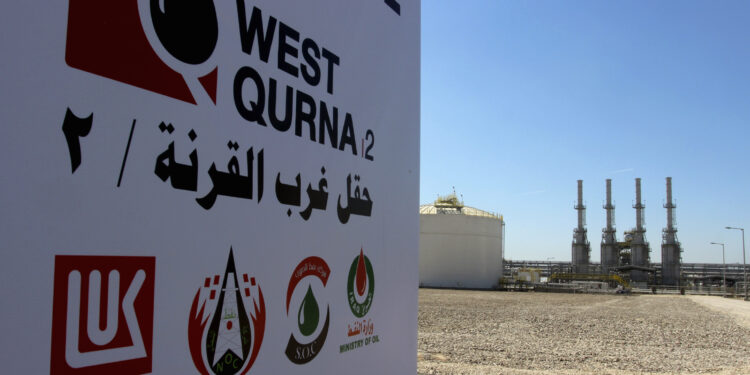SICIM Won The Tender For The Modernization of Gas Installations at The West Qurna-2 Field
The Iraqi Council of Ministers, as part of measures to optimize the gas sector, approved the results of a tender for the modernization of mineral impurity removal facilities and the construction of drying and compressed gas installations, as well as a nitrogen installation for the West Qurna-2 field.
According to the press service of the Iraqi Prime Minister, these works will be supervised by the Italian SICIM S.p.A. The total amount of allocated funds will be $619 million, the implementation period is 990 days.
West Qurna-2 is being developed on the basis of a service contract signed by LUKOIL in January 2010. The Iraqi state-owned North Oil Company owns 25% of the project. The contract period was initially 25 years. In 2014, LUKOIL began commercial production and implemented the first stage of development (the Early Oil of the Mishrif Formation project). Currently, the field produces 9% of Iraq’s total oil production.
LUKOIL will fully finance the costs of the entire project. After the completion of the stage of compensation of historical costs, the company began to receive full compensation of current costs in the form of a share in the oil produced. LUKOIL also receives remuneration in the amount of its share (75%) of $1.15 due to project participants for each barrel of oil produced and pays income tax. The Russian company has been negotiating for many years to improve the profitability of the project by increasing the service payment to the investor.
At the beginning of November 2023, LUKOIL signed an additional agreement with the Iraqi side on the project, providing for improvement of conditions and extension of the service contract for 10 years until 2045, investments for further development of the project, a gradual increase in the field’s capacity from 500 thousand barrels per day to 800 thousand b/s. According to the plan, it is planned to commission new well pads, oil treatment and integrated gas treatment facilities for the Yamama formation, as well as the construction of export pipelines, water injection facilities and the expansion of the tank farm.











